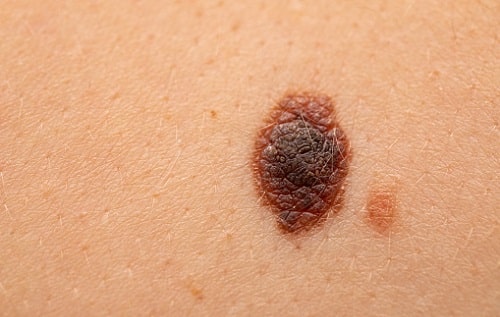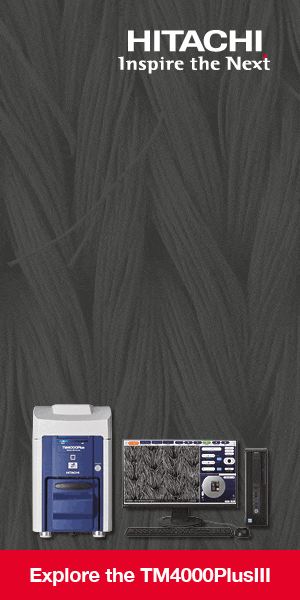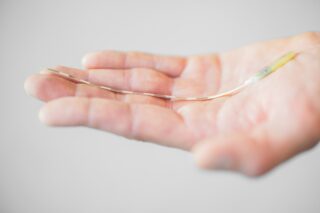Scientists at the Technical University of Munich (TUM) have developed a new AI algorithm to improve the diagnosis of skin diseases and cancer.
An international research team led by Dr. Tobias Lesser, a computer scientist at TUM, hopes that this new tool, called FusionM4Net, will aid in the detection of rare skin diseases by less experienced physicians. It could also help mitigate human error in diagnosis caused by stress or fatigue.
Skin lesions and changes to the skin, including differences in the color, shape, size and texture of a particular area, can be symptoms of an underlying disorder or malignancy. They also have the potential to evolve into skin cancer. This makes early and accurate detection and diagnosis vital.
Dermatologists typically classify skin lesions based on a range of different observations, including clinical images, microscopic images and meta-data, such as the age of the patient or their medical history. The new algorithm uses all information to classify skin lesions more accurately than previous algorithms with an improved data fusion process. Dr. Lesser explained:
“We want to support doctors to make a diagnosis and treatment plan. Using algorithms and artificial intelligence alongside the human can help raise the overall quality of care.”
Meta-Data Included in the AI Algorithm
Machine learning is suited to dermatology. A photograph is fed into the system and will automatically be matched with various skin diagnoses. Dr. Lesser said:
“This works pretty well, but it is missing the bigger picture. The doctor usually has more information that can’t be captured in an image. They know about a patient’s history and background to the symptoms. This meta-data is important for an accurate diagnosis.”


The FusionM4Net fuses the visual data with the meta-data to help clinicians accurately determine what is wrong with their patients. Results from early tests show that the technique displays higher average diagnostic accuracy.
Following training on a public dataset, the average diagnostic accuracy was measured at 78.5 percent. The tool outperformed all other algorithms against which it was tested, though falling short of guaranteed accuracy.
This technology uses a so-called multi-modal multi-stage data fusion process for multi-label skin lesion classification. The code is freely available for clinicians to download, which in itself will improve its learning capabilities.
Telemedicine and Virtual Diagnosis
Dr. Lesser is working with Dr. Sebastian Krammer, a consultant dermatologist and co-founder of the firm Avelios which helps digitize all hospital processes with a modular platform.
According to him, in addition to becoming a key diagnostic tool in hospitals, the FusionM4Net technology will be invaluable for less expert physicians, such as family doctors. It will also help with telemedicine and virtual diagnosis. Dr. Krammer said:
“This tool could be integrated into a telemedicine service and the online appointment booking to enable an automatic triaging of patients. Many patients wait for several weeks or even several months for an appointment to see a dermatologist. During that time, the skin cancer can already have progressed significantly.”
He added:
“We can also integrate it within a photo app. An image is uploaded with all the other metadata and the app will suggest medical diagnosis. This will be especially helpful for more junior doctors who are not that experienced yet and doctors from other fields, such as general practitioners who do not have dermatology expertise.”
One of the main challenges the team currently faces is the availability and quality of the data needed to inform the AI. They are now working on ways in which the system can generate its own data to better inform the diagnostic process.










